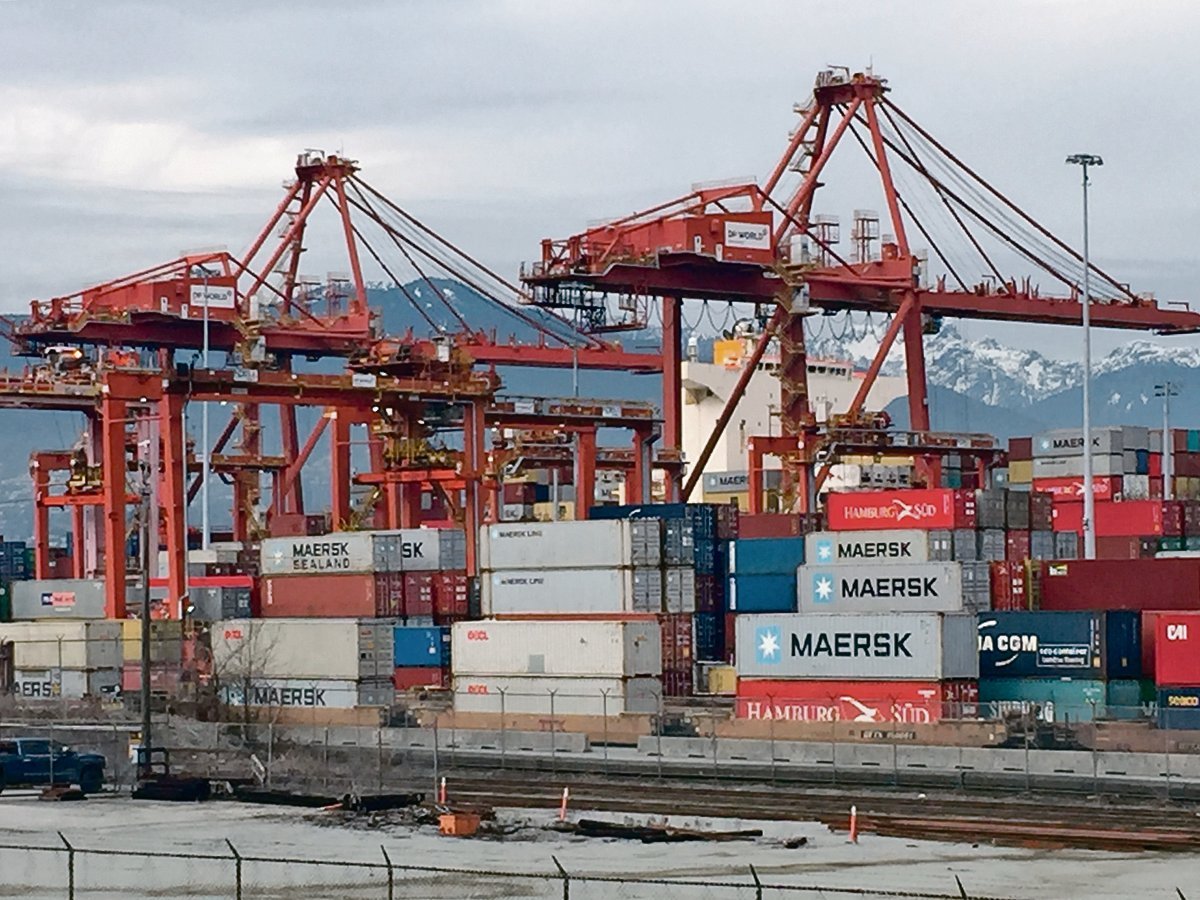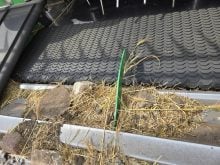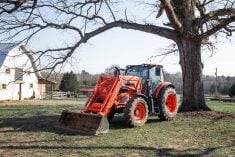Canola production estimates had been free falling since March, but better-than-expected crops in Manitoba and Saskatchewan are rapidly changing those expectations.
From the most pessimistic mid-summer forecasts of less than 9.5 million tonnes, revisions are now adding back about a million tonnes.
In its first forecast of the year in early March, Agriculture Canada predicted an 11.7 million tonne crop. But as the growing season unfolded, acreage and yield estimates began to tumble.
A 17.2 million acre forecast became a 15.8 million acre crop and the yield outlook shrank as flood and drought jeopardized the crop.
Read Also

Message to provincial agriculture ministers: focus on international trade
International trade stakeholders said securing markets in the face of increasing protectionism should be the key priority for Canada’s agriculture ministers.
By early July, Agriculture Canada had sliced its projection to 10.3 million tonnes. Some felt it hadn’t gone far enough. Stunted and wilted canola fields prompted one analyst to predict a crop as small as 9.2 million tonnes.
In August, the agency dropped its production estimate to 9.5 million tonnes.
A smaller crop would make things difficult for crushers who are expected to expand production by 65 percent by mid-2010. Competition for tight supply would push prices higher and shrink crush margins.
But there is now a growing feeling that the situation is not nearly that tight.
“Our belief is we’re going to be between 10.5 and 11 million tonnes,” said Rod Merryweather, North American oilseeds business operations manager with Bayer CropScience.
“If I had to put one number in there, I’d say 10.8 million.”
Bayer agronomists visited decimated fields earlier this summer to help farmers decide whether to plow them under.
“There were some pretty feeble looking plots, but the decision was made to leave them,” Merryweather said.
“It’s incredible how some of those crops have come back now.”
Fields that looked all but dead in early July are yielding 35 to 40 bushels per acre.
Most of the company’s demonstration strip trials are delivering yields of 40 to 60 bu. per acre. Merryweather is confident that will be the case on many farms as well.
The Canola Council of Canada now forecasts average to above average crops in Manitoba and Saskatchewan, with good quality anticipated in both provinces.
“I think people were pleasantly surprised,” said Grant McLean, cropping management specialist with Saskatchewan Agriculture.
“We tend to underestimate how resilient (canola) can be if it is given half a chance.”
Yield estimates in his province range from 24 bu. per acre in southwestern Saskatchewan, where little canola is grown, to 31 and 32 bu. per acre respectively in the east-central and northeastern portions of the province, where 56 percent of the 2008 Saskatchewan canola crop was harvested.
Assuming a crop district seeding pattern similar to what was seen last year, which McLean said is a reasonable assumption, the province will produce 5.18 million tonnes of canola based on the preliminary regional yield estimates produced by Saskatchewan Agriculture’s crop reporters.
While that would fall short of last year’s record 5.63 million tonne crop, it would be the second biggest canola crop in the province’s history by a long shot.
The outlook also appears promising in Manitoba, where crop reporters are estimating yields of 30 to 50 bu. per acre in most regions.
Alberta producers have suffered through a dismal growing season. Average yields for major grains and oilseeds in that province are estimated to be significantly below their 10-year averages, according to the latest crop report.
But there are bright spots even in that drought-ravaged province.
“Alberta is the worst hit for sure, but Alberta also has got some of the nicest crops, too,” Merryweather said.















